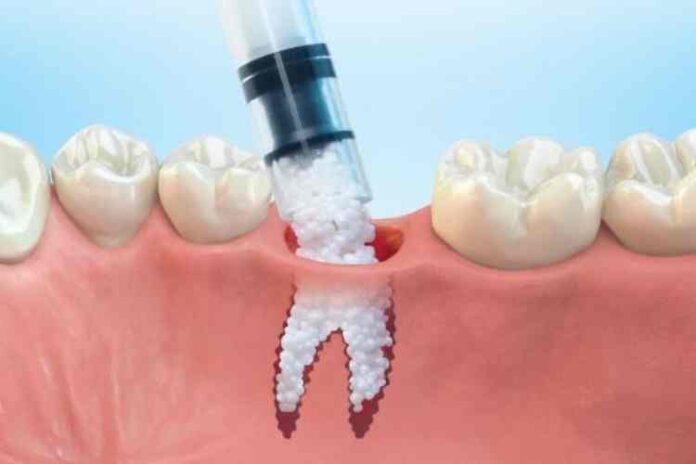Did you know that you may require a bone graft before having your dental implants? Bone grafts are essential as they prevent bone loss in missing teeth and enhance your jaw’s strength. They also help in improving your chewing and speech abilities.
You may require a bone graft if you have missing teeth, cavities, gum disease, teeth fracture, bone infections, among other issues. If you need quality and advanced bone grafts in The Woodlands, Dr. Muniz, MD, at Oral Facial Surgery Specialists, can help. Contact them today to schedule your consultation.
What are bone grafts?
Bone grafts help restore the shape of your oral system. They are bone components or minerals added to your mouth to give more support. Dr. Muniz uses bone grafting to reconstruct a damaged bone or support a tooth implant or denture.
The procedure involves your provider making an incision in your gums, then adding the grafting material to the worn-out bone. The materials used for grafting come in different forms, including gel, powder, or putty. They are easy to apply or inject.
The procedure occurs under sedation, ensuring you are comfortable. Your body usually grows a new bone after a short period and eventually replaces the grafting material with your bone cells.
The Oral Facial Surgery Specialists team at The Woodlands consists of certified and highly qualified and experienced oral and maxillofacial surgeons. Hence they guarantee quality and effective results.
When do you need bone grafts?
A bone graft is necessary in different cases. However, Dr. Muniz recommends bone graft to:
· Give support for dental implants
· Reconstruct a tooth after a fracture
· Restore bone loss from gum disease
· Replace some bone structures after tooth extraction
In addition, bone grafts help prevent a tooth from falling out after an accident or trauma. Whichever your case, Dr. Muniz helps you choose the right type of bone graft to improve your oral health and effectiveness.
What are the available types of bone grafts?
Bone grafts come in different types depending on their source of materials. During your consultation, your provider points out the pros and cons of every type to help you choose the best one for you. They include:
Autogenous
Also known as an autograft. It comes from your body, including the hip, back of your jaw, chin, leg bone, or skull.
Autogenous bone grafts have living cellular elements, thus promoting bone growth.
Allogenic
This bone graft is from a human donor. Your provider sterilizes and treats the material before use.
Xenogenic
Xenogenic bone grafts come from an animal donor, usually a cow.
You do not need a second procedure to harvest your bone for allogeneic and xenogenic bone grafts. However, bone regeneration for the two may take longer compared to autografts.
Your provider may also suggest bone graft alternatives such as:
· Graft composites
· Demineralized bone matrix
· Bone morphogenetic proteins
Contact a bone graft surgeon today
Bone grafts help prevent bone loss and restore the shape of your mouth. If you have dental health issues such as gum disease or missing teeth that require a bone graft, Oral Facial Surgery Specialists at The Woodlands can help. Please schedule your appointment today by calling their office or going online.


